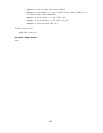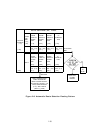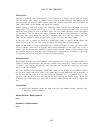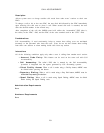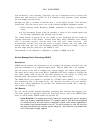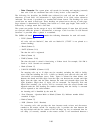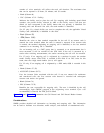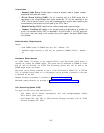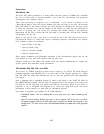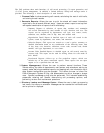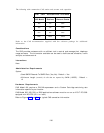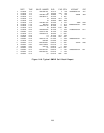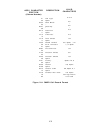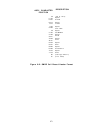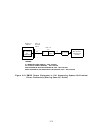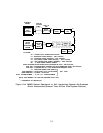Description
CAS Model 100:
The CAS 100, when connected to a serial printer and the System 25 SMDR port, calculates
the cost of calls made to outside numbers, stores the cost information, and generates
chronological and summary reports.
After each incoming or outgoing call is completed, a call record is printed on the
Chronological Report. Each call record includes the date and time of the call, the Personal
Dial Code (PDC) of the station involved, the call’s duration (in minutes), the call type (voice
or data), the calculated cost, and the number of the facility on which the call was made. If
the call is outgoing, the call record also includes the number dialed, a two-character
abbreviation for the area to which the call was made, an account code, and the PDC claiming
accountability for the call.
When a call record with a new date is received by the CAS 100, the previous day’s
Chronological Report is ended and reports containing summary information are printed.
Four summary reports are produced:
. Calls by Hour of the Day
. Calls by Facility Used
. Calls by Extension Number
. Calls by Account Code.
These reports summarize the information presented in the Chronological Report and list the
total number of calls, their total duration, and the total cost.
Switches inside the CAS Model 100 cabinet allow the System Administrator to control the
system options that determine report parameters.
CAS Models 200, 300, 500, and 2000:
The System 25 SMDR interface provides direct output to an AT&T PC 6300 Personal
Computer equipped with MS-DOS (V2.11 or later) and a CAS software package (i.e., Model
200, 300, 500, and 2000) that calculates the cost of calls and provides basic and sophisticated
call reports.
After a telephone call is completed, System 25 sends a call record to the AT&T PC 6300 via
the SMDR interface channel. The PC must be equipped with CAS software. Call records are
collected by the PC and held in a buffer until they are processed. When a call record is
processed, a cost is calculated and assigned to it.
That cost, along with other call record
information, is then stored on a hard disk for subsequent retrieval.
Two modes of operation are available for PC 6300 operation:
.
Dedicated Mode: The PC is dedicated to one and only one task–processing call
records.
. Multi-Function Mode: Allows the user to print reports, edit files, and run other
PC-based programs while the CAS continues to collect and buffer call records in the
background. The user must enter the Dedicated Mode to process calls and generate
reports.
2-66



